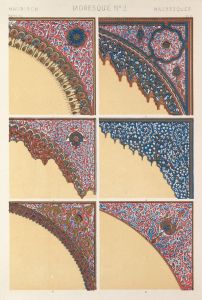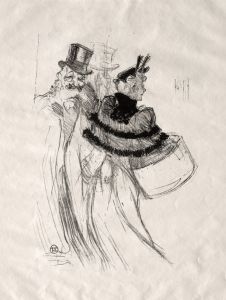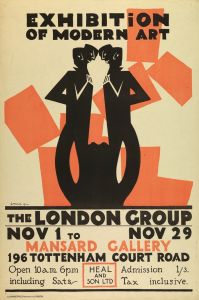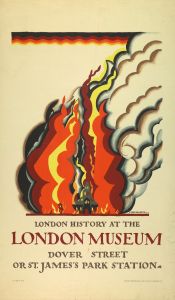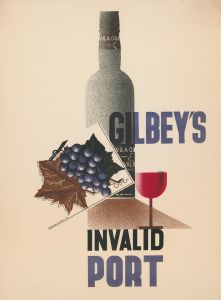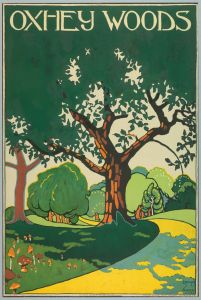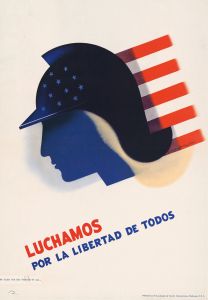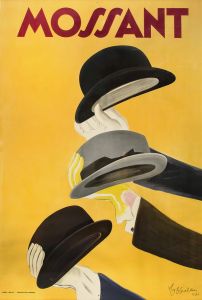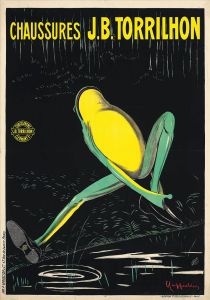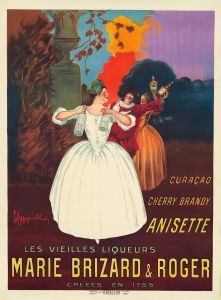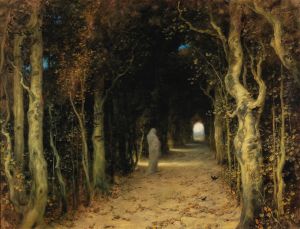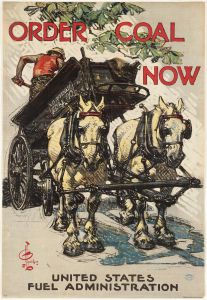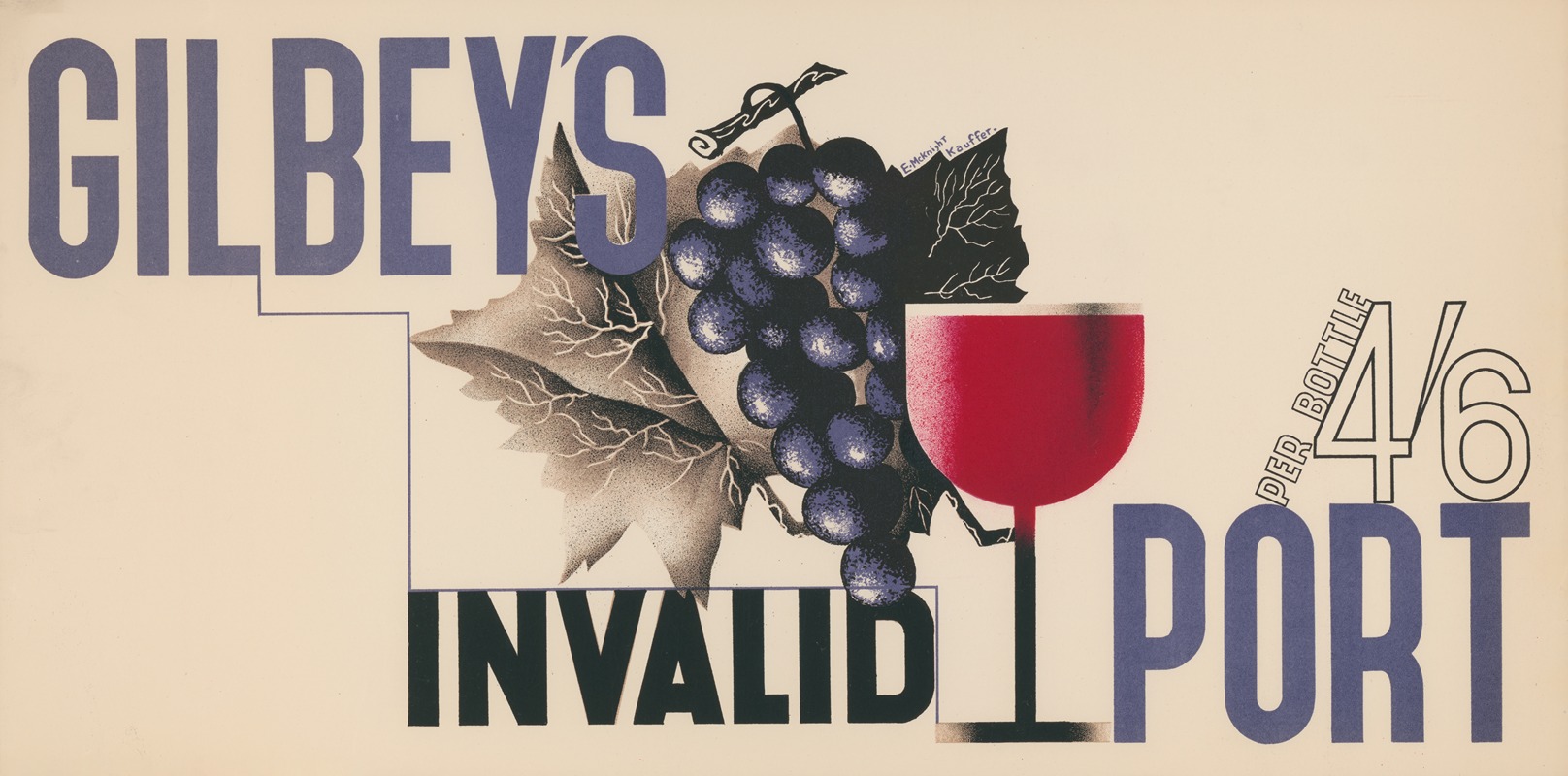
Gilbey’s invalid port
A hand-painted replica of Edward McKnight Kauffer’s masterpiece Gilbey’s invalid port, meticulously crafted by professional artists to capture the true essence of the original. Each piece is created with museum-quality canvas and rare mineral pigments, carefully painted by experienced artists with delicate brushstrokes and rich, layered colors to perfectly recreate the texture of the original artwork. Unlike machine-printed reproductions, this hand-painted version brings the painting to life, infused with the artist’s emotions and skill in every stroke. Whether for personal collection or home decoration, it instantly elevates the artistic atmosphere of any space.
Edward McKnight Kauffer was an influential American-born artist and graphic designer, best known for his work in poster design during the early to mid-20th century. His contributions to the field of commercial art were significant, particularly in the context of advertising and promotional materials. One of his notable works is the poster for Gilbey’s Invalid Port, which exemplifies his distinctive style and approach to graphic design.
Kauffer was born in Great Falls, Montana, in 1890, and he later moved to Europe, where he became a prominent figure in the art and design community. He studied at the Académie Moderne in Paris and was heavily influenced by the avant-garde movements of the time, including Cubism and Futurism. These influences are evident in his work, which often features bold colors, geometric shapes, and dynamic compositions.
The Gilbey’s Invalid Port poster is a prime example of Kauffer’s ability to blend artistic innovation with commercial appeal. Created in the 1920s, this poster was part of a broader trend in which companies sought to leverage modern art styles to enhance their brand image and attract consumers. Kauffer’s design for Gilbey’s Invalid Port showcases his talent for integrating text and image in a way that is both visually striking and effective in conveying the product’s message.
In the poster, Kauffer employs a limited color palette, which was a common technique in his work to create a strong visual impact. The use of contrasting colors helps to draw the viewer’s attention and emphasizes the product being advertised. The composition is carefully balanced, with the text and imagery working together to create a cohesive and engaging design. Kauffer’s use of typography is particularly noteworthy, as he often experimented with different fonts and layouts to achieve a modern and sophisticated look.
Kauffer’s work for Gilbey’s Invalid Port is also significant in the context of the broader history of advertising. During the early 20th century, there was a growing recognition of the power of visual communication in marketing, and artists like Kauffer played a crucial role in shaping the aesthetics of commercial art. His posters not only promoted products but also contributed to the development of graphic design as a respected and influential discipline.
Throughout his career, Kauffer produced a wide range of works, including posters for transportation companies, book covers, and illustrations. His ability to adapt his style to suit different purposes and audiences made him a versatile and sought-after designer. Despite the commercial nature of much of his work, Kauffer maintained a commitment to artistic integrity and innovation, which is evident in the enduring appeal of his designs.
Edward McKnight Kauffer’s legacy in the field of graphic design is significant, and his work for Gilbey’s Invalid Port remains an important example of how art and commerce can intersect to create compelling visual communication. His contributions continue to be studied and appreciated by designers and art historians alike, highlighting the lasting impact of his creative vision.





